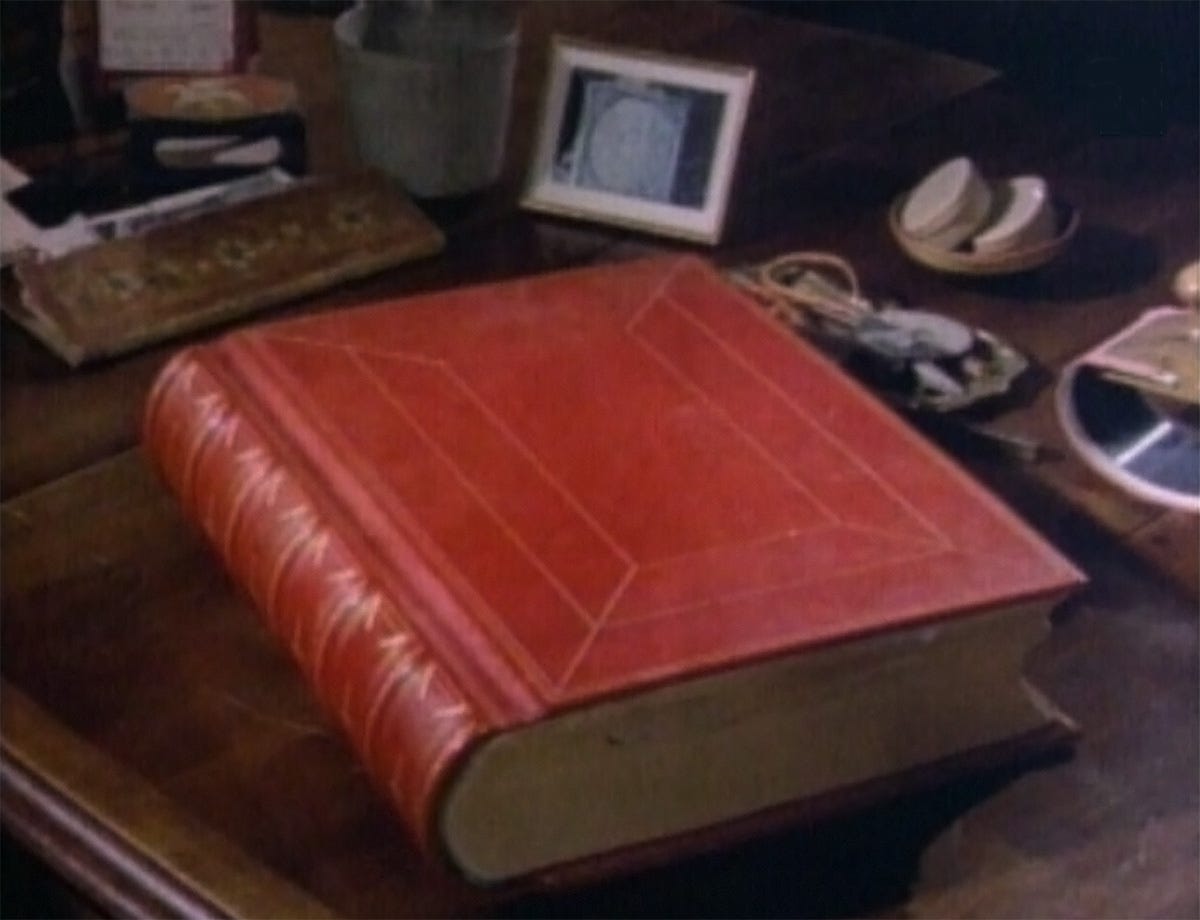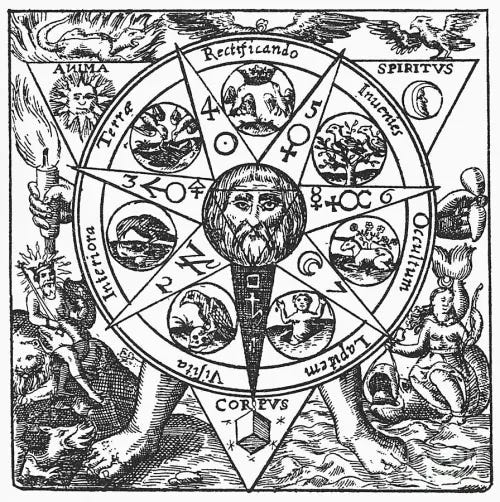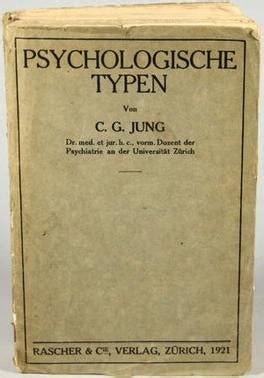In my last article for Genspect, I wrote about the Nag Hammadi discovery of early Christian heretical texts in 1945, and the reinvigorated belief in a feminine or androgynous, self-impregnating God during the era of second-wave feminism in the West. How might these beliefs have shaped the treatment of people with gender identity crises within the contemporary mental health system? While therapists and gender clinicians might have any religious beliefs or none, how did Gnostic ideas in particular have a bearing on modern therapy culture?
If mental health has long been the Cinderella service within healthcare, gender identity was a tiny niche within mental health until very recently, when this obscure clinical practice was embraced by commercial providers looking for growth markets. Young people with gender problems were previously considered by both psychiatry and psychoanalysis as probable psychopaths in the making, not helped by Anthony Perkins portrayal of cross-dressing, mother-fixated Norman Bates on screen in 1960. There was not a great deal of public interest in what the few specialist gender clinics were up to, nor much sympathy for their patients.
Sigmund Freud’s followers who set up the Tavistock Clinic provided a refuge in Hampstead for the final years of their guru’s life, and also hosted lectures by Carl Gustav Jung in the 1930’s, even though the two patriarchs of psychoanalysis had fallen out decades before. Being a generation younger, and Swiss rather than Austrian, Jung survived the Second World War by another sixteen years, just long enough to see Alfred Hitchcock’s ‘Psycho’ in the cinema, and the emergence of anti-psychiatry texts by Thomas Szasz and others.
Since David Cronenberg’s 2011 movie ‘A Dangerous Method’, Jung is better known for an inappropriate relationship with his mad and muddy patient Sabrina Spielrein than for being the originator of a separate strand in psychoanalysis. Whereas Freud’s method was concerned with addressing hysteria (literally, womb-madness) in his female patients, and castration anxiety in the males who visited his couch, Jung had other ideas which caused the two of them to part company, professionally and intellectually, by 1913. Jung’s method was not just about curing neurosis; it was about self-directed spiritual development, with the therapist as a confessor and psychoanalytic priest.
Later in his career, Jung left behind his work in the asylums and cultivated a network in which wealthy clients would refer their friends and associates for his unique brand of psychotherapy. Having been steeped in the Jungian method, they would be endorsed as entry-level therapists who recruited and analysed new patients, passing them up the pyramid to the Swiss master. This form of therapy required a considerable personal and financial investment by the patient; just as the devout must eventually make a pilgrimage, all Jungian subjects aimed one day to achieve analysis by the man himself. That usually involved a trip to the Swiss city which Jung had made his home since being hired by the Burgholzli Psychiatric Hospital in the year 1900.
Cited in the paper “From Neurosis to a New Cure of Souls: C.G. Jungʼs Remaking of the Psychotherapeutic Patient” by Sonu Shamdasani (2020) one of Jung’s patients expressed their desire to recruit new followers for the master in explicitly religious terms:
“go, my brethren, go to the Mecca, I mean to Zürich, and drink from the fountain of life, all ye who are dead in your souls, go and seek new life.”
Jung developed this method using his favourite subject: himself, writing and illustrating a dream journal he called the ‘Red Book’. His clients were encouraged to keep their own journals, and follow those dreams wherever they led, as the path to self-enlightenment. These books supposedly manifested a more perfect soul from intensive self-analysis of the patient’s writing and artwork, shared with the therapist who would be paid to listen and throw in a question every now and again, as the patient rambled on. Jung sometimes took his patients on long walks in the country, perhaps because he was getting numb from sitting in the psychiatrist’s chair.
Unlike Sigmund Freud’s businesslike fifty-minute therapy hours, which allowed ten minutes for the psychotherapist to record notes on the patient before the next client walked in, the Jungian method is open-ended and has no time limits or conclusion. It is a spiritual practice which borrows heavily from Eastern religion, esoteric ‘knowledge’ and alchemy, not a quasi-medical cure for psychosexual hang-ups about Mom and Dad.
Just as base metal supposedly contains a mystical essence which can be turned into gold by the alchemist, the ‘spark’ of the gendered soul is meant to transform into a divine manifestation not limited by material reality, if only the magician has made the correct incantation. As such, today’s transgender forums on Reddit and elsewhere could be considered places of Jungian confession; a multitude of Red Books in the form of digital fantasies. J.K. Rowling now takes the place of the demiurge, the jealous and mean lesser god who created their magical world.
Like his former mentor, Jung yearned for sources in antiquity which would validate his method. For Sigmund Freud, it was of course the classical myths of Oedipus and Electra which proved he had discovered the root of his patients’ psychosexual neuroses. We can imagine Jung’s excitement at the Nag Hammadi discovery, which believers thought provided evidence of a masculine-feminine supergod or multiple gods and goddesses, just like his ‘anima and animus’ theory of an opposite-gender spirit hidden inside everyone, published decades before.
Borrowing Plato’s concept of ‘forms’ or ‘essence’, Jung had noted in his 1935 essay ‘Archetypes of the Collective Unconscious’ that the second-century AD Greek bishop Irenaeus had written: "The creator of the world did not fashion these things directly from himself but copied them from archetypes outside himself." That implies the archetypes of gender would be older than humanity, and therefore spiritual and primordial rather than social constructs of modernity. Quoting St. Augustine, Jung wrote of the ‘ideae principales’, “which are themselves not formed... but are contained in the divine understanding.” So much for ‘material girls’.
Jung further wrote that in the modern world “The anima no longer crosses our path as a goddess, but, it may be, as an intimately personal misadventure, or perhaps as our best venture. When, for instance, a highly esteemed professor in his seventies abandons his family and runs off with a young red-headed actress, we know that the gods have claimed another victim.”
In his autobiography ‘Memories, Dreams, Reflections’, published posthumously in English in 1963, Jung’s words were translated as:
“Every man carries within him the eternal image of woman, not the image of this or that particular woman, but a definite feminine image. This image is fundamentally unconscious; an hereditary factor of primordial origin engraved in the living organic system of the man, an imprint or “archetype” of all the ancestral experiences of the female, a deposit, as it were, of all the impressions ever made by woman - in short, an inherited system of psychic adaptation. Even if no women existed, it would still be possible, at any given time, to deduce from this unconscious image exactly how a woman would have to be constituted psychically. The same is true of the woman: she too has her inborn image of man.”
So, you heard this right from the master: ‘woman’ literally is a feeling in a man’s head, and vice versa.
The Gnostics had apparently devised a spiritual, proto-psychoanalytic method based on certain special people unleashing their hidden divinity through self-analysis, just like the scheme Jung created for his followers in Switzerland. Each of the Nag Hammadi texts dug up in Egypt were a Red Book; someone writing their own Gospel and achieving their very own brand of immortality, however unreasonable that sounded to Roman establishment religion at the time. And by finding validation in the ancient Gnostic texts, Jung had made himself a psychopomp, an ancient deity like a Valkyrie or Shinigami which releases the gendered soul from its earthly, Platonic prison.
After the discovery of the Gnostic library in 1945 and the Dead Sea Scrolls turning up in a cave in Qumran on the West Bank the following year, there was intense interest among modern mystics in acquiring these ancient religious texts. Jung’s associates were among those Europeans who scrambled to buy original Nag Hammadi documents before the Egyptian government could track them all down, and obtain their return. The 1950’s saw the rise of Gamal Abdel Nasser to power, who as a prominent Arab nationalist was probably not at all keen on the region’s heritage being looted by Western collectors and sex magicians.
Carl Alfred Meier, prominent Jungian analyst and director of the Jung Institute, sought to publish a ‘Jung Codex’ of Nag Hammadi material, but had to promise the Egyptian government that he would return the manuscript.
In a letter from would-be codex editor Walter C. Till to Meier in 1958, Till shared one of his castration anxiety dreams, like any good psychoanalytic subject:
“An acquaintance of mine (a fully undefined male person) asks me whether I have already seen the large snake that they have in hell; one could also see it at the cinema. I say I have not yet seen it. He thinks he will investigate whether it can now be seen. He goes through the entrance door to hell. I go after him…
Immediately thereafter a young devil comes out of the door. He has on a formless sack-like white garment reaching from his neck to the floor, with an indiscriminate olive green print. He is holding some kind of longish object (branch with leaves?). In this way he is dancing around as if he were a violin player…
Then one of the devils touches me lightly with his “violin bow”-branch on my sexual organ. I immediately have the thought that I could thus lose my masculinity and become feminine. But the thought of this possibility produces in me such discomfort that I (also in reality) give out an unarticulated sound of discomfort and wake up.”
Clearly, self-analysing dreams using Jung’s method reveals deep, Gnostic insights about the unseen spiritual world. Or perhaps not. In the 1923 English translation of his book “Psychological Types or The Psychology of Individuation”, Jung offered a warning from history about embracing the god-self:
“Gnosticism was also divided into two schools: one school striving after a spirituality that exceeded all bounds, the other losing itself in an ethical anarchism, an absolute libertinism that shrank from no lechery however atrocious and perverse.”
The early Christian scholar Origen of Alexandria didn’t get off so lightly, according to Jung, who: “in the mutilation of himself, sacrificed the sensual hold upon the world. For him, evidently, the intellect was not so much a specific danger as feeling and sensation with their enchainment to the object. Through castration he freed himself from the sensuality that was coupled with Gnosticism; he could then yield himself unafraid to the riches of Gnostic thought…”
Before removing any more testicles, let’s recap that in the Diagnostic and Statistical Manual, fifth edition revised text (DSM-5-TR), the insight of a psychiatric patient who is alienated from their own body is ‘on a spectrum’:
“With good or fair insight: The individual recognises that the body dysmorphic disorder beliefs are definitely or probably not true or that they may or may not be true.
With poor insight: The individual thinks that the body dysmorphic disorder beliefs are probably true.
With absent insight/delusional beliefs: The individual is completely convinced that the body dysmorphic disorder beliefs are true.”
The Jungian method may have value for people who aren't sure of their goals in life, or wish to develop their imagination to counter existential ennui. Based on the manifestation of gender woo over the last decade or more, we might conclude that this method is indeed dangerous for those patients who experience powerful delusions, such as believing they were born in the ‘wrong’ body.
Combined with the Gnostic heresy in which true believers become the central character in their self-authored Gospel, it's now possible to live full-time in psycho-spiritual derangement, and be affirmed in it. Famously, one online influencer discovered by Libs of TikTok declared that thine pronouns be god/godself.
Following the closure of traditional lunatic asylums across the Western world, in answer to the critique of anti-psychiatry (or, more cynically, a lack of care and consideration for the mentally ill during periods of state austerity), Gender Jesus is free to walk the streets once again. Putting the trans into transcendental, insanity has escaped the psychiatric setting that would have been familiar to Jung from his early work.
Instead, Jung chose to work with an affluent patient group that came to him of their own free will, usually by personal recommendation: relatively sane but curious people who sought the master's teaching on how to become introspective and self-affirming. These days, the youth train each other in the art of navel-gazing and love-bombing, without parental oversight.
Jung’s mysticism has hardly abated in the era of the Internet. In ‘The Seven Planets of Alchemy: Hormonal Alchemy and Spiritual Transformation’, Samael Aun Weor wrote “Endocrinology, studied through Alchemy, enters into the field of Psychology and Astrology. When the endocrine glands are super-stimulated, they naturally produce a greater number of hormones that animate the metallic (hormonal) planets of Alchemy within us.” It turns out that men really are from Mars, and women from Venus, which presumably means non-binary people are from Mercury.
Psychoanalytic talking therapies may have utility, but they also have significant psychosexual, alchemical and Gnostic baggage that they need to discard if they are to help, rather than hinder, patients with gender distress.
Unfortunately, Jung’s legacy as a mystic isn’t the only woo separating the gender industry from evidence-based medicine. There has been an unholy alliance between radical politics, German idealism and psychoanalysis at least since Herbert Marcuse wrote ‘Eros and Civilization: A Philosophical Inquiry into Freud’, published in 1955. Judith Butler’s PhD thesis was on Hegel, another German-speaking alchemist and purveyor of magic.
Unlike the early Gnostics dodging Roman martyrdom in the public arena, today’s gender identity movement isn’t secret, or an unfathomable mystery; it is loud, proud and demands our acquiescence. But we cannot yield to superstition, whether dressed in the garb of science or the newest human rights issue. As journalist Róisín Michaux put it, in an article illustrated with the mock-crucifixion of LGBT Jesus
“The problem isn’t really that we don’t understand it. It’s that we understand it all too well, but that we won’t politely shut up about it.”
Genspect publishes a variety of authors with different perspectives. Any opinions expressed in this article are the author’s and do not necessarily reflect Genspect’s official position. For more on Genspect, visit our FAQs.












Basically there are two types of being trans. To someone with genuine gender dysphoria it basically just means identifying as the other gender and being allowed to live their life that way in peace - so I have nothing but love and understanding for such people.
But to a Gnostic it means something completely different. To them it has nothing to do with identifying as the "other" gender. What other gender? They don't even recognize there being binary genders at all! So they are NOT trying to identify as the "other" gender at all! Gnostics are all about hating on our entire objective physical world and claiming it would be a mere illusion and prison keeping them trapped. So Gnostics always try to destroy and negate objective physical reality and instead seek to transcend it.
Get it? TRANScend. So to them their being trans is about rejecting gender norms and abolishing traditional gender identity by completely rejecting and transcending it and ultimately it's a symbol of their literal rejection of objective physical reality and their quest to completely negate and transcend physical reality in all aspects.